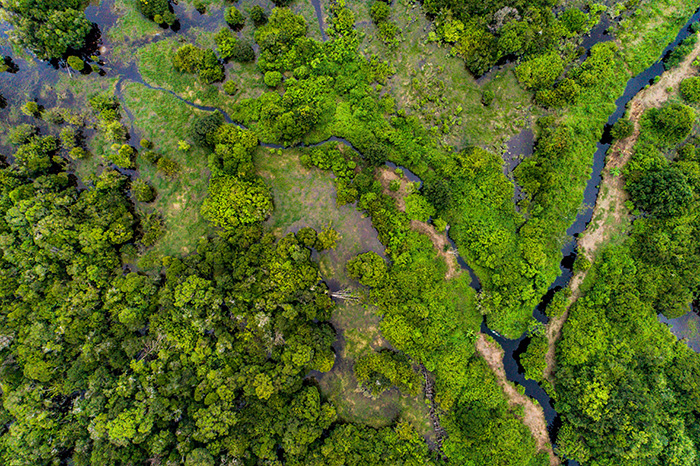#MoveTheDate
Based on scenarios calculated by Project Drawdown, peatland protection and rewetting would move the date of Earth Overshoot Day 4 days by 2050.
What is the solution?
Implementing land management and conservation plans for peatlands. Peatlands are a unique terrestrial wetland in which waterlogged conditions cause organic matter decomposition to exceed plant growth. They are an important form of carbon storage and protecting them is necessary to manage global greenhouse gas emissions.
This solution improves our resource security in the planet category.
How does it #MoveTheDate?
Peatlands are currently being degraded by infrastructure development, horticulture, and commercial needs. The destruction of these wetlands releases carbon dioxide into the atmosphere at a rate roughly equivalent to 10% of global fossil emissions.
How is it scalable?
Globally, peatlands cover a small portion of our land area, but represent a major store of carbon, which can be a significant source of greenhouse gases when drained or degraded. Protecting existing peatlands and re-wetting drained peatlands are a cost effective way to keep the carbon in the ground.
What is the solution?
Implementing land management and conservation plans for peatlands. Peatlands are a unique terrestrial wetland in which waterlogged conditions cause organic matter decomposition to exceed plant growth. They are an important form of carbon storage and protecting them is necessary to manage global greenhouse gas emissions.
This solution improves our resource security in the planet category.
How does it #MoveTheDate?
Peatlands are currently being degraded by infrastructure development, horticulture, and commercial needs. The destruction of these wetlands releases carbon dioxide into the atmosphere at a rate roughly equivalent to 10% of global fossil emissions.
How is it scalable?
Globally, peatlands cover a small portion of our land area, but represent a major store of carbon, which can be a significant source of greenhouse gases when drained or degraded. Protecting existing peatlands and re-wetting drained peatlands are a cost effective way to keep the carbon in the ground.
Nearly 40% of all CO2 emissions from drained and degraded peatlands are concentrated in Indonesia, where wildfires caused $16 billion of damage in 2015 alone. Along with the widespread destruction and drainage of these precious wetlands has come awareness of the climate impacts of peatland degradation, which accelerated momentum for rewetting peatlands.
In Indonesia, an increase in awareness of the environmental damage caused by peatland degradation helped to establish a peatland restoration agency committed to restoring 2.5 million hectares of fire-damaged peatland by 2020, with an estimated price tag of US $5 billion. In 2019, the president established a permanent moratorium on new permits for clearing primary forest and peatland, though some critics have pointed out that the moratorium excludes some 6.5 million hectares of peatland and might not significantly inhibit peatland degradation.
While global awareness of peatland degradation propels governments to adopt more widespread conservation efforts, financing such efforts remains a significant bottleneck. Outside of NGO and international development funding, many private investors may overlook the additional benefits of landscape resilience, biodiversity, and lowered greenhouse gas emissions resulting from peatland restoration.
Calculations for this solution are based on work done by our friends at Project Drawdown. You can get more information about this solution and their calculation methodology here.
There’s no benefit in waiting!
Acting now puts you at a strategic advantage in a world increasingly defined by ecological overshoot. Countless solutions exist that #MoveTheDate. They’re creative, economically viable, and ready to deploy at scale. With them, we can make ourselves more resilient and #MoveTheDate of Earth Overshoot Day. If we move the date 6 days each year, humanity can be out of overshoot before 2050.

